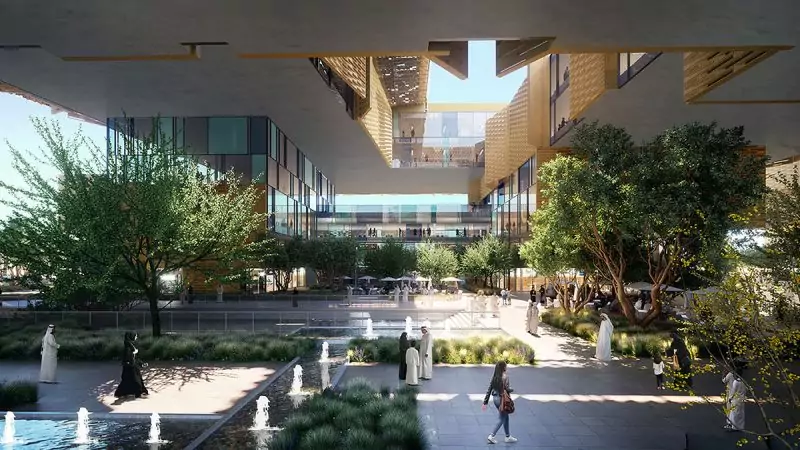Artificial Intelligence (AI) is transforming the architecture industry, reshaping the way buildings are designed, constructed, and maintained. By harnessing the power of machine learning, generative design, and automation, architects can now push creative boundaries, optimize efficiency, and enhance sustainability. Here are seven revolutionary ways AI is changing the future of architecture.
1. Generative Design: Unlocking Infinite Possibilities
AI-driven generative design allows architects to explore countless design variations in minutes. By inputting specific parameters—such as site conditions, material constraints, and environmental factors—AI can generate multiple design solutions optimized for functionality, aesthetics, and efficiency. This technology enables architects to discover innovative, unconventional forms that would take much longer to develop manually.
2. Smart Building Systems: Enhancing Efficiency and Sustainability
AI-powered smart systems are revolutionizing how buildings operate. Automated climate control, energy optimization, and predictive maintenance help reduce energy consumption and lower costs. AI can analyze real-time data to adjust lighting, heating, and ventilation based on occupancy, weather, and energy demand, leading to smarter and more sustainable buildings.
3. AI in Urban Planning: Designing Smarter Cities
AI is playing a crucial role in shaping the future of urban planning. By analyzing massive datasets—such as traffic patterns, population growth, and environmental factors—AI can help architects and city planners design more efficient, livable, and sustainable urban spaces. This technology is particularly useful for optimizing land use, improving infrastructure planning, and enhancing public transportation networks.
4. Robotics and AI in Construction: Speed and Precision
The integration of AI and robotics in construction is making the building process faster, safer, and more precise. AI-driven robots can automate repetitive tasks such as bricklaying, 3D printing, and concrete pouring. Additionally, AI-powered drones can conduct real-time site inspections, monitor construction progress, and detect potential safety hazards, reducing risks and improving efficiency.

5. AI-Powered Design Assistants: Boosting Creativity and Productivity
AI-powered design tools are assisting architects in streamlining workflows and enhancing creativity. Software such as Autodesk’s generative design tools and NVIDIA’s AI-powered rendering solutions help architects visualize and modify projects in real time. These AI-driven assistants can automate tedious tasks, such as drafting and modeling, allowing designers to focus more on creative and strategic decisions.
6. Predictive Maintenance: Preventing Issues Before They Happen
AI-driven predictive maintenance is revolutionizing building management by identifying potential failures before they occur. Sensors and AI analytics can monitor building conditions, detecting structural weaknesses, equipment malfunctions, and maintenance needs. This proactive approach extends the lifespan of buildings, reduces repair costs, and enhances safety.
7. Personalized Architecture: Customizing Spaces with AI
AI is enabling architects to create highly personalized and adaptive spaces tailored to individual preferences and behaviors. By analyzing user data and lifestyle patterns, AI can suggest design modifications that enhance comfort and functionality. This technology is particularly impactful in smart homes, where AI can adjust lighting, temperature, and layout configurations to suit the needs of occupants.
The Future of AI in Architecture
The integration of AI in architecture is not just a trend—it is a transformative force reshaping the industry. From design to construction and maintenance, AI is enhancing creativity, sustainability, and efficiency at every stage. As AI technology continues to evolve, architects and designers will have even more powerful tools to redefine the built environment and create smarter, more responsive spaces.
